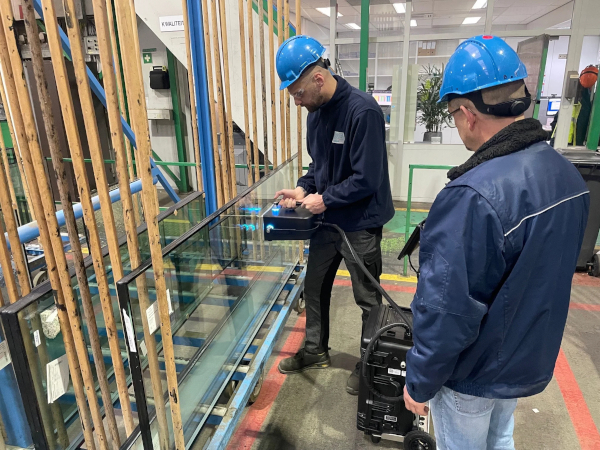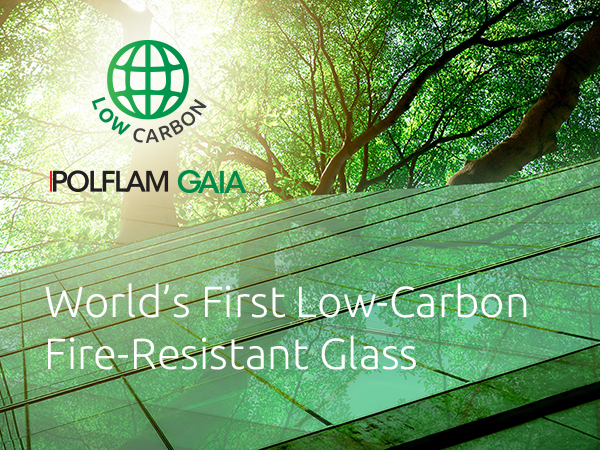Date: 16 November 2009
On the surface this may seem a little boring compared to the invention of the telephone, but delve a little deeper and you will see a process that literally changed the landscape of the way our world looks today.
There is no better example of how float glass changed the face of the world than a walk around our own wonderful capital city. Compare the small windows of historic buildings such as Westminster Abbey to the modern wonders like The Gherkin and you will soon understand how different the place would look without float glass.
For centuries, glass production involved blowing glass into large cylinders, cutting it open, flattening the glass and cutting it into panes, a laborious process which allowed only small rectangle panes of glass to be produced. Although magnificent buildings were built despite this limitation such as the Houses of Parliament and the Chateau Versailles in Paris, architects were constantly restricted in making their ideas a reality and longed for new technology which could harbour their ever expanding concepts. In the first half of the 20th century, large areas of high quality plate glass could only be produced through grinding and polishing; during which about a third of the material was lost as 'spoil'. The search was on for a way of producing perfectly flat and optically perfect glass straight off the furnace without the need for further processing. The answer came in 1959.
Exactly 50 years ago, Sir Alastair Pilkington, then technical director of Pilkington Brothers as it was then, conceived the idea of float glass. Sir Alastair’s idea consisted of floating molten glass from a glass furnace onto a bed of molten tin. The process resulted in a continuous ribbon of glass, which is cut then into pre-determined sizes on the float line, the maximum being 6m x 3.2 m. The glass can then be cut into virtually any size or shape, before it goes onto further processes such as laminating and toughening
Architects that were once constricted are now free to create as they please. Cutting edge design such as the British Museum’s roof, The Eden Project, Beetham Tower, The Louvre Pyramid in Paris, Beijing’s Olympic National Grand Theatre’s ‘eggshell’, the German Huf Haus houses, all would have been impossible without the invention of the float glass process.
And it wasn’t just public buildings that saw a transformation. People’s houses changed as conservatories, orangeries, bay windows and French doors utilised the method. And people’s cars changed too, as car manufacturers breathed new life into their vehicles with car windscreens becoming a design feature rather than just a necessity.
Julia Berkin of Pilkington Building Products UK comments: “What is so exciting about the float glass process is that this is an invention so many of us have lived through and probably never appreciated, but when you take a minute to look around it truly is breathtaking. At Pilkington we are so proud to be able to say that we have had a genuine impact on the face of the world, modern day architecture would genuinely not have been possible without float glass. It’s not often that something so simple can have such an impact on everyday life.
50 years on, Pilkington’s float glass process retains its position at the heart of the world’s glass industry. Making clear, tinted and coated for both vehicles and buildings. The float glass process has not only allowed glass to become more aesthetically pleasing, but has also paved the way for glass to be coated which in turn has instigated a number of product innovations . For example the launch of Pilkington Activ™ Blue introduced with self cleaning glass with solar control properties and Pilkington’s K Glass™ has now become one of the leading low-emissivity glasses which is used to help reduce heat escaping from homes. Both which would not have been possible without the invention of the float glass process.
For more information on Pilkington and the float glass process visit: www.pilkington.com






Add new comment